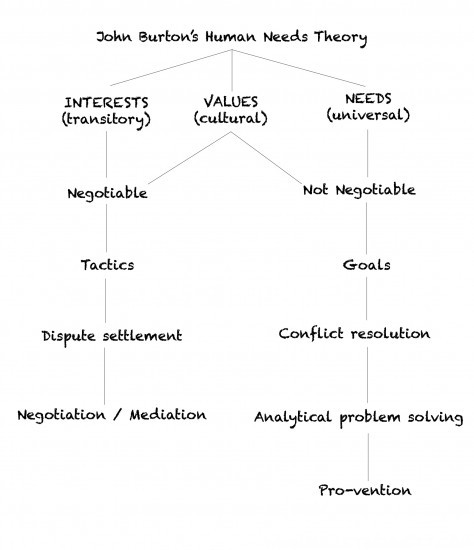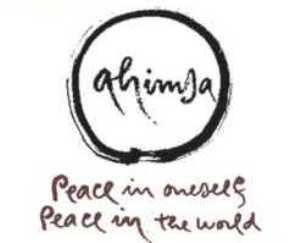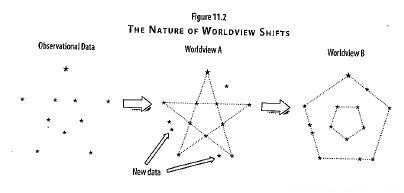While developing a handout for my conflict resolution/mediation class I came across a number of communication tips that I thought worth sharing. They are good for communication in general… although I will note I find them easier to say than do!
- Focus on behaviour not the person
- Base feedback on direct observations rather than inferences
- Use concrete behavioural descriptions not judgements to describe both positives and negatives.
- Avoid words of negation: ‘no’, ‘but’, ‘however’—they invoke a defensive response
- Use gradations — not “all”, “none”, “never”
- Watch body language: boredom, aggressive eyes, leaning forward—instead sit in relaxed way, leaning back as if on a sofa for a chat.
- Concentrate on what someone is feeling.
- Do not get defensive if they attack—think about why they are angry and what their needs are. Show understanding and empathy.
- Task is to elicit, suggest, propose don’t impose.
- Sentences end with question-mark not exclamation mark
- Respond rather than react
- Share ideas rather than giving advice
- Give feedback that is useful to the receiver and about things they can change, rather than getting everything off your own chest
- Give the amount of information that can be used not the amount that can be given [ie avoid information overload]
Empathy killers
- threatening – do it or else
- ordering – because i said so
- criticising – you…
- name calling – stupid idiot!
- should/ought – you ought to…
- withholding relevant info
- interrogating
- praising to manipulate
- diagnosing motives – you are always…
- untimely advice – if you…
- changing the topic
- persuading with logic
- topping – when I…
- refusing to address the issue – I can’t see a problem
- reassuring – ‘you’ll be fine’
Instead
- open body language, warm vocal tone
- encourage further elaboration and clarification
- display interest in what others communicate
- affirming statements
- support self-knowledge
- uncover complex needs and improve relationships
- use appropriate assertiveness
- make ‘I’ statements
- give appropriate feedback
- reduce blaming language
- share responsibility and decision making
- communicate your willingness to resolve
- giving appropriate acknowledgement and feedback
- recognise it is valuable to explore my part of the problem
Understand your emotions
- anger – shows need to change/communicate
- resentment – is immobilised anger – need to take responsibility for how you feel and change the situation
- hurt – tells us our needs are not being met, or self-esteem wounded
- fear – warns us to proceed with caution, seek help and separate fantasy from reality
- guilt – need to make amends/do things differently next time
- regret – of unfulfilled potential – need to accept it without denial
Manage emotions
- Acknowledge
- Breath
- Centre
- Decide (appropriate ways to express emotions)
- Engage
Designing options
- brainstorming
- range of creative alternatives
- see perspectives as part of a bigger picture
- analysis or mapping
- want what is fair for everyone
- define issues
- express needs and concerns
- ask questions
- reframe responses
Many tips to consider… and slowly incorporate into the way we communicate, in time…
References:
Quadan, A & Dan, K (2011) Community Mediation: Theory and Practice — Course Manual. Centre for Peace and Conflict Studies, University of Sydney
Galtung, J & Tschudi, F (2001) “Crafting Peace: On the Psychology of the TRANSCEND Approach” in Christie, D.J. Sagner, R.V & Winter D.D. (eds) Peace, Conflict and Violence Upper Saddle River, NJ: Prentice Hall.
Galtung, J (2007) “Peace by Peaceful Conflict Transformaiton – the TRANSCEND approach” Galtung, J & Webel C (eds) Handbook of Peace and Conflict Studies, New York: Routledge
Horowitz D & Laksin J Conflict Resolution Skills Workshop







